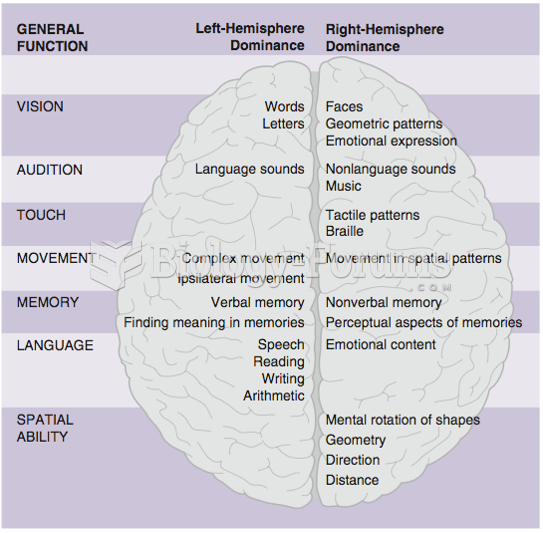Answer to Question 1
FALSE
Answer to Question 2
There are two primary means by which police agencies can be unified. The first, and simplest, is contract policing. Here, smaller communities, either incorporated or unincorporated, can contract their police services with another larger agency. This approach is attractive if a jurisdiction finds itself unable to afford the full spectrum of policing expenditures; it might enter into a contractual agreement with another agency to share these expenses. Contract policing is, in effect, partial consolidation, with a unit of government maintaining its own police agency but contracting with another jurisdiction(s) for services it cannot afford. Pooling their human and technological resources can typically result in better services, while avoiding duplication of those services, and normally at less expense. Another means of unifying agencies and possibly achieving cost savings is through consolidation, which is the merging of two or more city and/or county governments into a single policing entity. The advantage is in avoiding duplication of services and the ability to purchase equipment in larger volume, which leads to economy of scale. However, the initial cost of implementing consolidation can be high. When two or more agencies combine their operations, the best salary and benefits packages that already exist must be brought into the newly consolidated organization. This cherry-picking can obviously be quite expensive, especially in the initial stages of consolidationat a time when the new, consolidated agency may also be top-heavy with administrative personnel. Cost savings through consolidation, therefore, may not be realized for many years, if ever, depending on how the agency is structured, how enabling legislation is written, and so on. Civilianization can be much more cost-effective by using non-sworn personnel, thus freeing sworn officers for critical police work. The use of civilians has become so widespread that controversy about it has arisen. Police unions are becoming increasingly wary of management's outsourcing traditional police tasks to a civilian body, viewing the latter as a potential threat to their livelihood.







